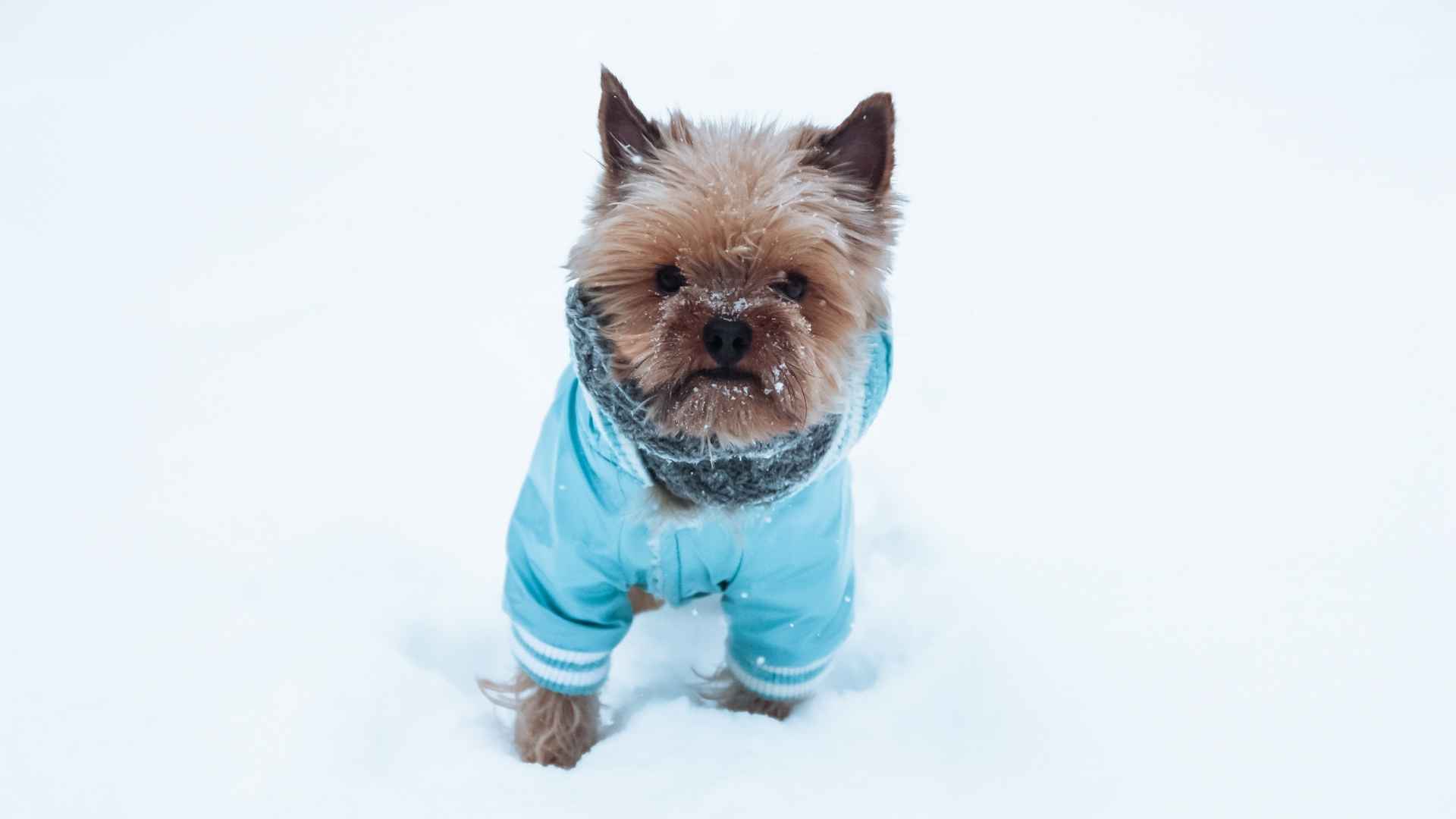Ever wonder how cold is too cold for dogs? A temperature that feels comfortable to one dog may make others shiver. Certain breeds struggle with snowy conditions, and choosing the right one can make all the difference.
According to the American Kennel Club, a dog’s coat type, size, and origin influence their cold-weather tolerance. If the outside temperature drops to 20°F or below, most dogs will be sensitive to the cold. They may benefit from wearing sweaters and booties to stay warm.
If you live in a snowy region or prefer a pup that loves warmer days, this guide is for you. Explore the top seven dog breeds that hate deep snow, helping you find a companion who stays happy and healthy in a cozy, warm environment.
Find a perfect dog companion that fits your lifestyle.
Dog Breeds That Hate Snow
1. Greyhounds
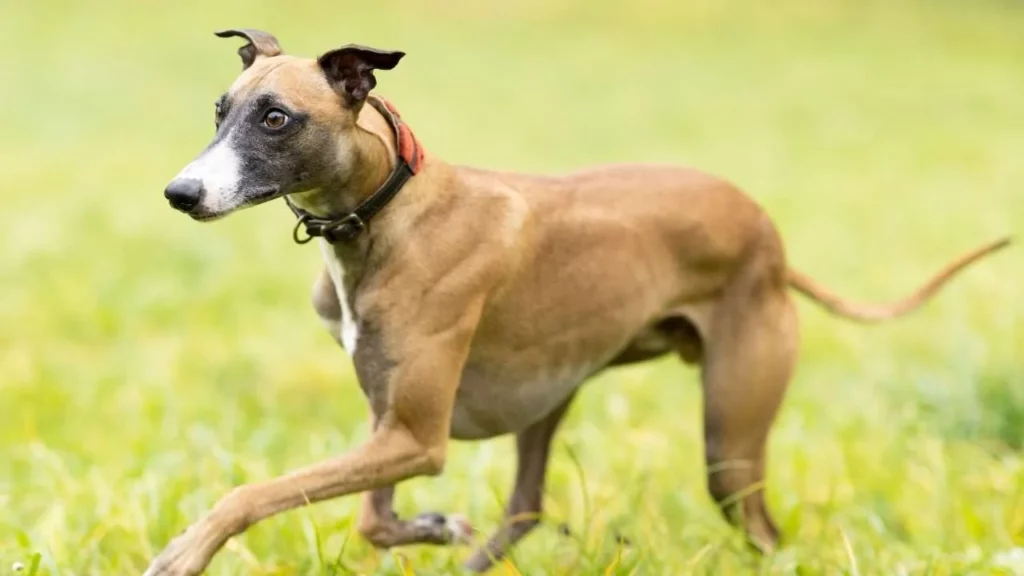
Greyhounds have a surprising weakness; they dislike cold weather. Their athletic body is designed for sports and beauty, but not for snow. Due to their lean bodies and fine coats, they lack natural protection against low temperatures.

Greyhounds originated from sunny ancient Egypt, where they served as companions to Pharaohs and later kings in other countries. They never endure snowy conditions. As a result, some Greyhounds tend to gather blankets and nest during winter, seeking warmth and comfort.
If you are considering bringing a Greyhound into your family, be prepared to dress them warmly during the winter months.
2. Whippet
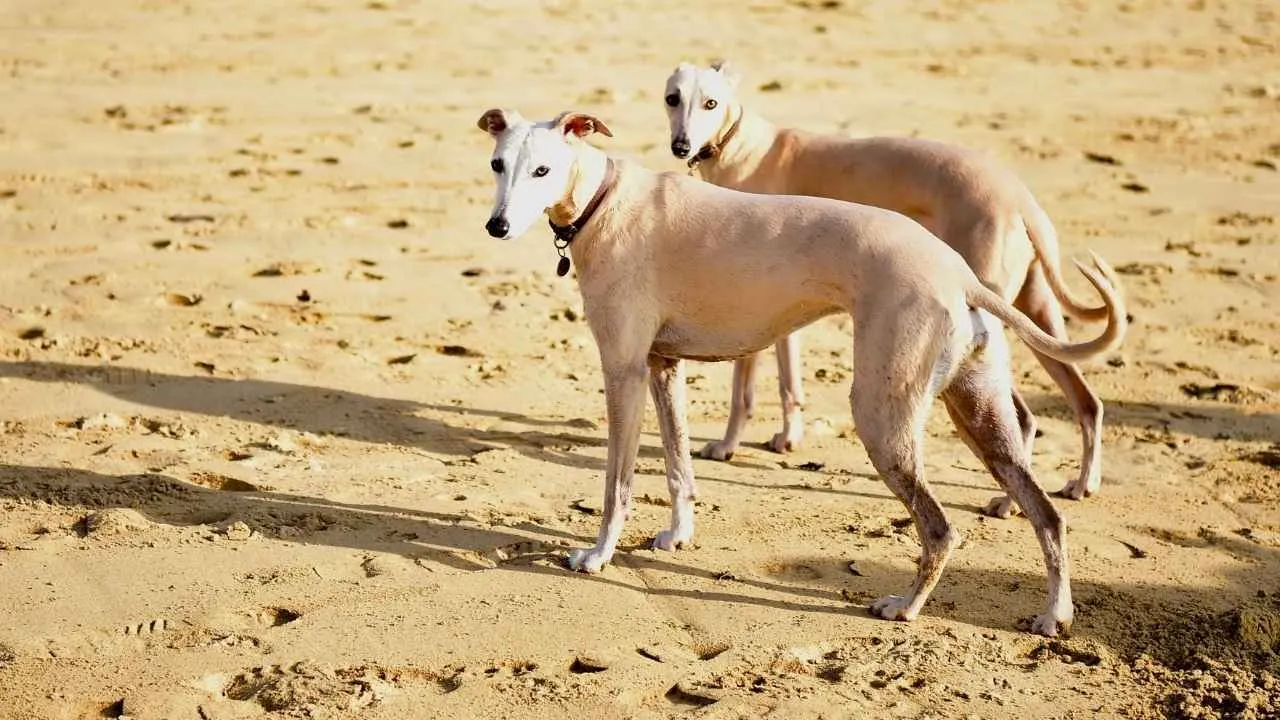
The Whippet is a slender breed built for speed. With a short coat, thin skin, and minimal body fat, they do not have much insulation against cold weather. If you are living in a colder part of the country, you would probably need to buy them a winter wardrobe.
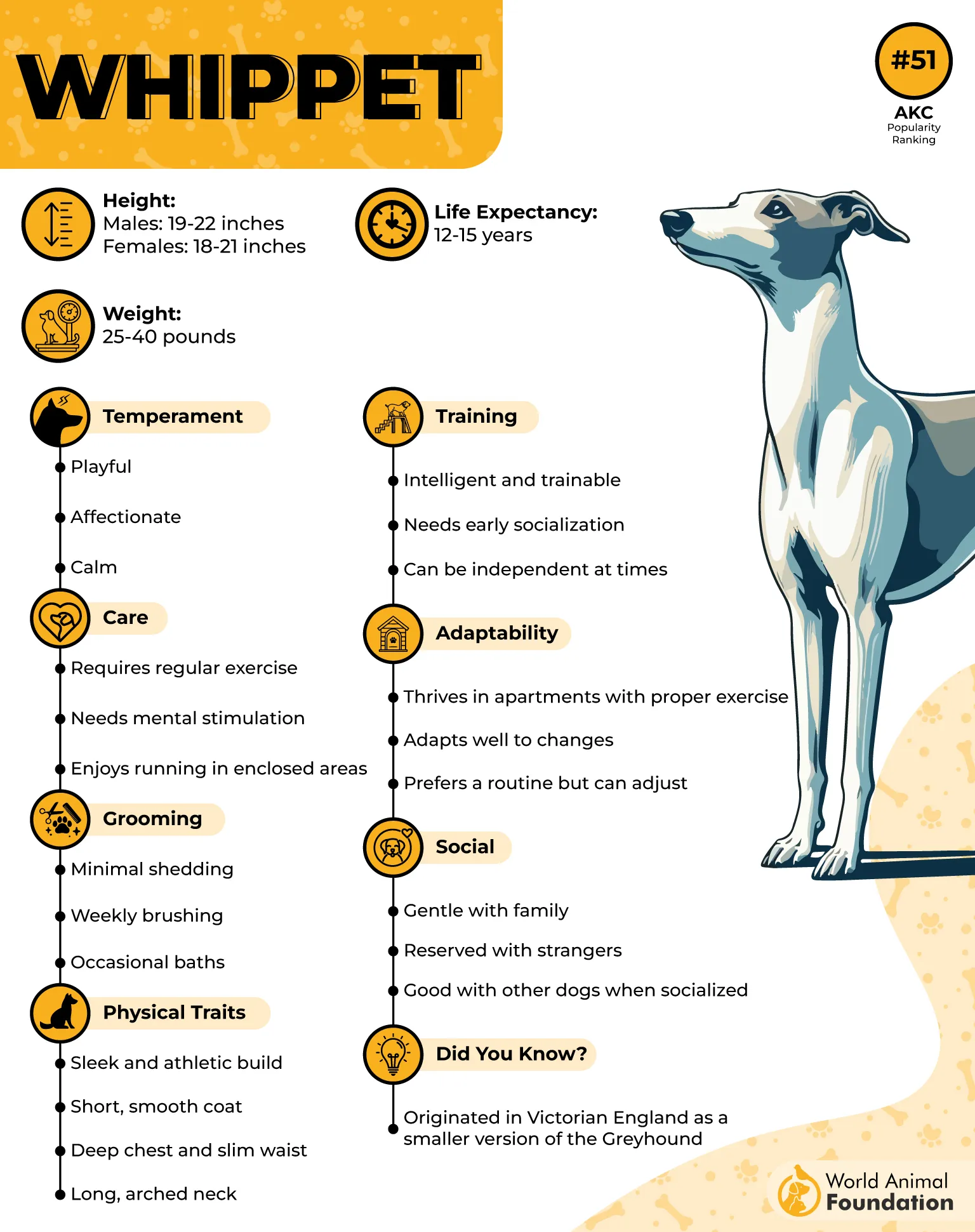
According to PetMD, Whippets require protection from the elements, including warm clothing and dog boots to safeguard their paw pads from ice.
The Whippet originated in 18th-century England, descending from old English Greyhounds. The Whippet truly feels the cold in their bones. Their owners must take precautions to ensure their comfort and well-being during the very cold weather.
Whippets are the perfect mix of happy and friendly, with calm and quiet. They typically get along well with new people and other animals when properly socialized at a young age.
3. Chihuahua
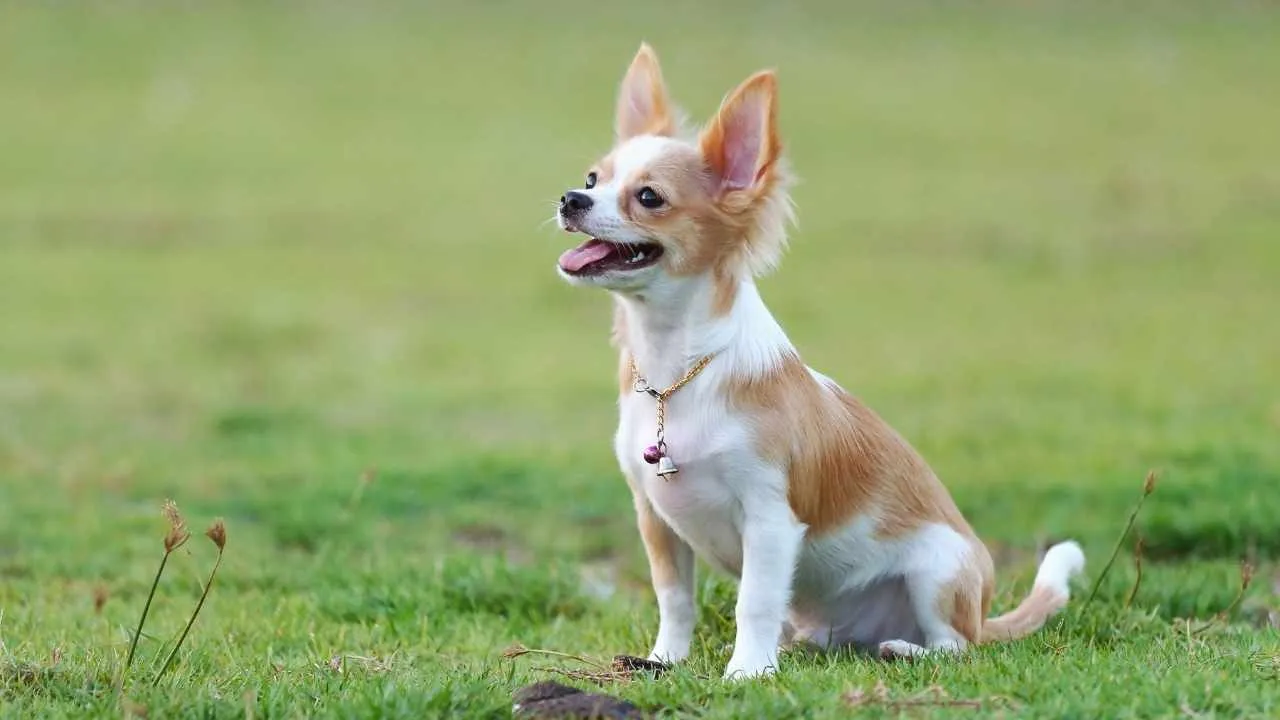
Chihuahuas are prone to getting cold due to their small size, and they can lose body heat rapidly when the temperature plummets. The Chihuahua originated from Mexico, specifically in the state of Chihuahua.
The small breed Chihuahua is haired with a short coat and almost no body fat, which makes it unable to tolerate cold climates. Therefore, Chihuahua owners need to provide them with warm clothing during the winter months.
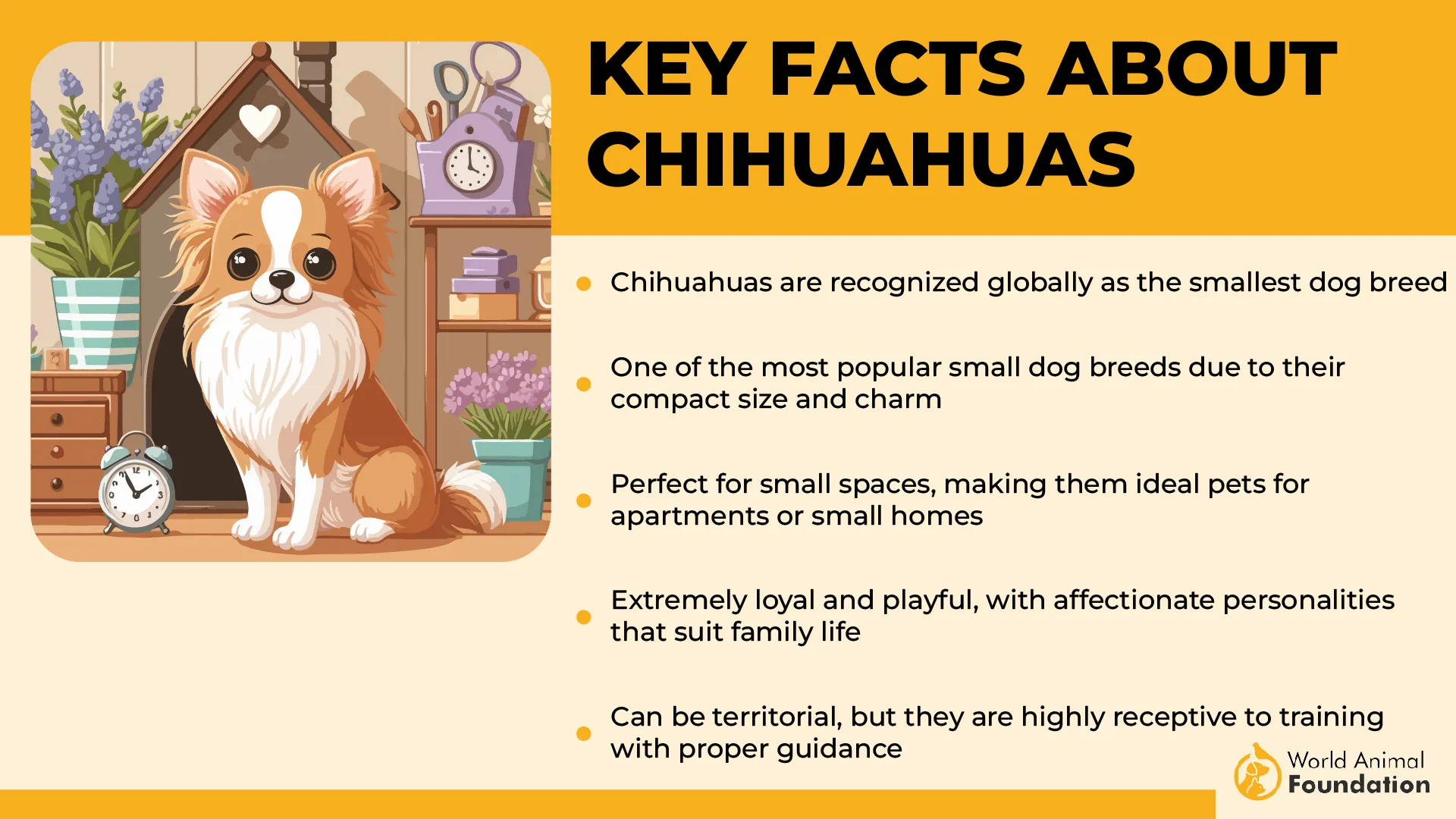
Chihuahuas make great family pets due to their loyal and loving nature. They are high-energy dogs requiring daily exercise and playtime. To keep them enriched when the temperature drops, it is recommended to use dog puzzle toys and other indoor games.
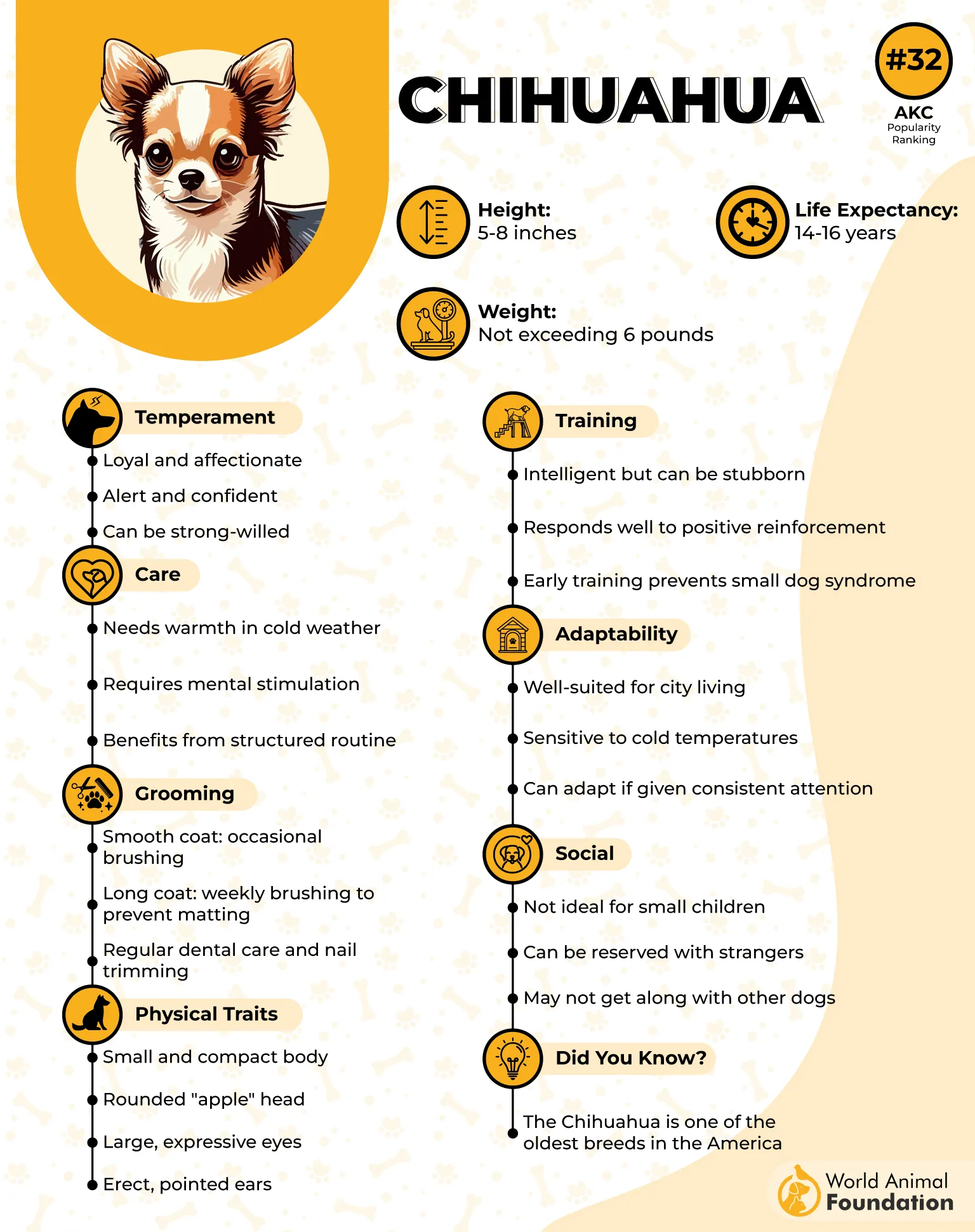
These activities will keep them mentally stimulated and maintain their energy levels. They will also contribute to their overall happiness throughout the winter weather. A cozy environment is also necessary to prevent hypothermia in these small dogs.
Their small size makes them easy to take on trips, but they can be feisty and bark at others.
4. Great Dane
The Great Dane is a majestic breed known for its imposing profile and watchful nature. But they are also incredibly affectionate and loving. This makes it susceptible to cold temperatures and requires extra care to tolerate cold weather.
Originated in Germany, where it was bred as a hunting dog to protect estates and hunt large game. Their large size, powerful build, and intimidating appearance make them a formidable presence.
Despite its size, the Great Dane has a lean body and a short, very thin coat that makes them vulnerable to cold temperatures. A cozy dog jacket can help them stay warm and comfortable during outdoor activities.
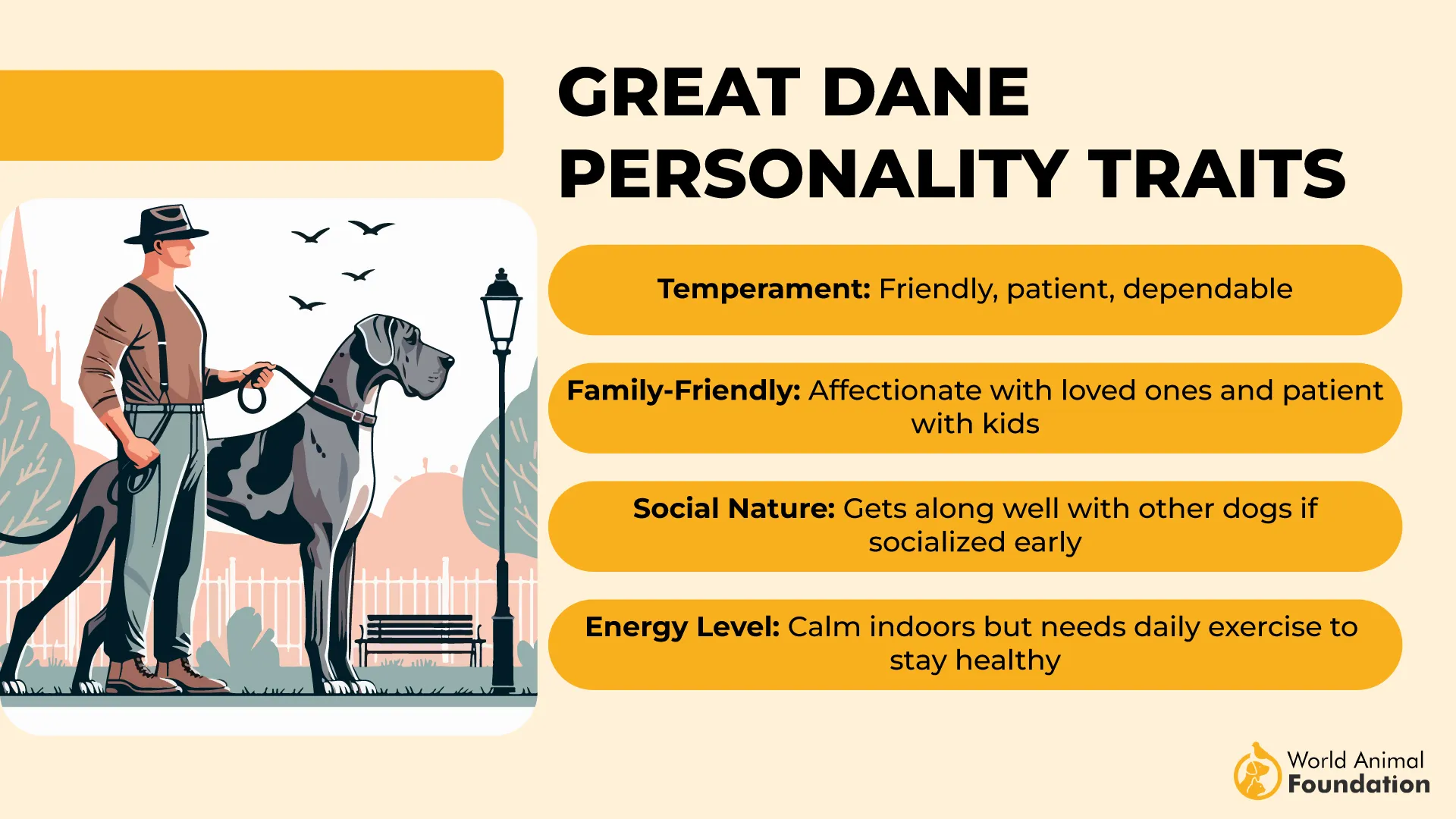
Determine the temperature that triggers your best friend to shiver, so you know when to get them a coat.
5. French Bulldog
French Bulldogs are companion animals that originated in the late 19th century. They were bred to be the lap dogs and are not suited for outdoor living physical characteristics.
Their fine coats do not provide them with enough insulation and body heat during winter. They need extra care to maintain their body temperature.
French Bulldogs are a brachycephalic breed with short noses, which means they are not very comfortable in hot weather either.
They are affectionate family pets that crave attention and are comfortable in apartments. To keep them warm, it is essential to put a sweater or coat on your French bulldog during walks in freezing temperatures.
6. Chinese Crested
The Chinese Crested Dog is known for its unique appearance, with a hairless body and tufts of hair on the head, feet, and tail. Due to a lack of fur, these dogs require extra care in cold weather.
The Chinese Crested Dog originated in Africa and was bred for companionship, gaining popularity in China before being exported worldwide. Today, it is a beloved breed known for its affectionate nature and unique appearance.
The Chinese Crested Dog is a suitable pet for various households. Its cheerful disposition, adaptability, and low exercise needs make it ideal for families, older adults, and apartment dwellers alike.
These dogs require regular skin care due to their unique hairless trait. This makes it a high-maintenance yet rewarding pet for dedicated owners.
7. Yorkshire Terrier
Yorkshire Terrier struggles in winter weather due to their small size and silky hair. These little pups can not see more than a few inches of snow.
The Yorkshire Terrier originated in the 19th century in Yorkshire and Lancashire, England. They likely descended from other Terriers, some now extinct. Early on, they were thought to have earned their keep by killing rodents.
Originally bred by the working class, older Yorkies were larger than today’s. These small, silky-haired pups have become popular family pets everywhere. They struggle with cold due to their physical characteristics.
Extra protection is required for them to tolerate cold weather. Their energetic nature makes them curious about adventures. But they should not be exposed to cold temperatures for long, or they could be at risk for hypothermia, according to Britannica.
Conclusion
Understanding a dog’s comfort levels is crucial for pet owners. This is especially important for those who live in snowy regions or prefer a pup that loves warmer days. A dog’s coat type, size, and origin influence their cold-weather tolerance.
By choosing the right breed, you can find a companion that fits your lifestyle. This article explores the top seven dog breeds that hate snow, helping you find a companion who stays happy and healthy in a cozy, warm environment.
With this knowledge, you can make an informed decision and provide your furry friend with the best possible care. By selecting the right breed, you’ll be well on your way to a happy and fulfilling relationship with your new pet.


